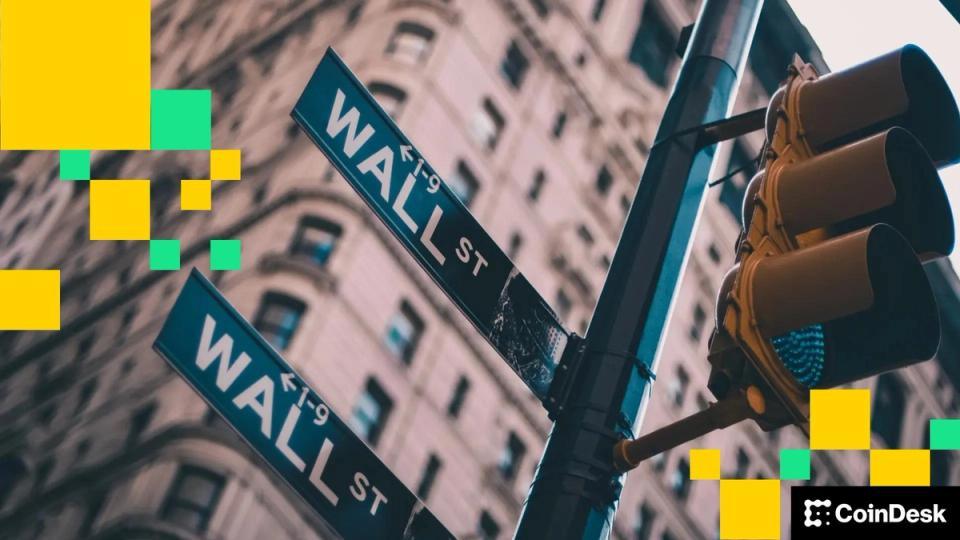Around the world, stablecoins come under a fairly consistent and convergent regulatory regime. They must be backed by high-quality real assets, are subject to regular audits, and issuers are prohibited from paying interest on stablecoin balances. The ban on interest payments appears in the GENIUS Act in the USA, the Markets in Crypto-Assets Regulation (MiCA) in the EU and similar legislation in Hong Kong and Singapore.
It may prove difficult to make the ban on interest payments stick. A much-discussed driving force behind this ban on interest payments is the idea that it will help keep liquidity inside the traditional banking system, where regulators and regulators have a better handle on risk management. However, whether the argument is good or not, it is unlikely to be effective, and worse, efforts to get around it may have some unintended consequences.
Although they don’t call it “interest,” some crypto exchanges already offer “rewards” that appear to approximate interest for holding assets in stablecoins. Additionally, if no rewards are offered, it’s also easy enough to quickly move assets in and out of dividend-bearing offerings like AAVE. Some payment services, like Metamask’s Mastercard Debit Card, will even do this instantly and automatically for you when you make a purchase, so you can always leave your assets in a dividend-paying offer.
In Europe, the rules embedded in MiCA give regulators more leeway to ban loopholes around the ban on interest payments such as rewards and automated portfolio management. This would prevent stablecoin providers from aggregating these types of solutions or offering rewards. However, stablecoins are considered “bearers assets” (e.g. much like cash) in most major markets, and this means, among other things, that users can move them around and do with them as they please. Unlike bank deposits, which remain at least partially under the control of the bank in which they are deposited.
In practical terms, this means that regulators can prohibit stablecoin issuers from paying interest, but they cannot prevent the owners of the coins from connecting those assets to DeFi protocols that pay interest.
Right now, with US and European interest rates even for basic accounts around 3-4%, it’s worth paying a small transaction fee to put your assets into a profitable DeFi protocol. Earning 4% APR on $1,000 for 28 days is worth $3.07, far more than the likely cost of converting to and from stablecoins, at least on the most efficient blockchain networks. Clearly, if we return to a zero-interest era, the value proposition will gradually disappear.
If people end up switching back and forth between stablecoins and interest-bearing assets, one concern that could arise in the future is large, sudden movements of money between stablecoins and yield accounts. You could imagine large scale liquidations as people pay their bills each month followed by large scale purchases as people receive income.
Right now, there is little risk of this as the value of assets and volume of transactions on the chain is still small compared to legacy banking. That may not be the case in a few years. As the blockchain ecosystem continues to mature, the ability to perform millions (or billions) of these automated transactions looks more feasible every day. The Ethereum ecosystem already handles around 400,000 complex DeFi transactions every day, and thanks to all the Layer 2 networks running on top of the mainnet, there is a huge amount of excess capacity that remains available for growth.
If a ban on stablecoin interest payments is somehow effectively implemented, a possible on-chain beneficiary could be tokenized deposits. Deposit tokens have been overshadowed by the focus on stablecoins, but they are an interesting idea championed by JPMorgan Chase (JPMC). Where stablecoins are a bearer asset, a deposit token is a claim on a bank deposit. Since deposit tokens are an onchain representation of a bank account, they can offer returns, although they come with counterparty risk.
The current JPMC pilot on Ethereum uses a standard ERC-20 token for the coin, but limits transfers to an approved list of customers and partners. Users will need to balance the benefits of native leverage with the limitations that come with trying to use a permissioned asset on a permissionless network.
Interestingly, battles over interest payments for bank deposits are not new. In the wake of the stock market crash of 1929, the US government drastically tightened banking and financial regulations. One of the new rules implemented in the Banking Act of 1933 – aka Glass-Steagall – was a ban on paying interest on current accounts.
This ban lasted until 1972, when the Consumer Savings Bank of Worcester, Massachusetts began offering a “marketable cash-out” account. Basically a savings account that paid interest automatically linked to a deposit account. Within a few years, these accounts were generally available nationally in the United States.
What took the banks so long to come up with this solution? It just wasn’t practical before the widespread computerization of the banking system. Such a barrier will not exist in a blockchain-based world.
Either way, the restriction on paying interest to stablecoin users seems easily circumvented. Which makes me wonder – why are we choosing to repeat history instead of learning from it and just let stablecoin providers pay interest the same as any bank would?
The views expressed in this article are those of the author and do not necessarily reflect the views of the global EY organization or its member firms.



